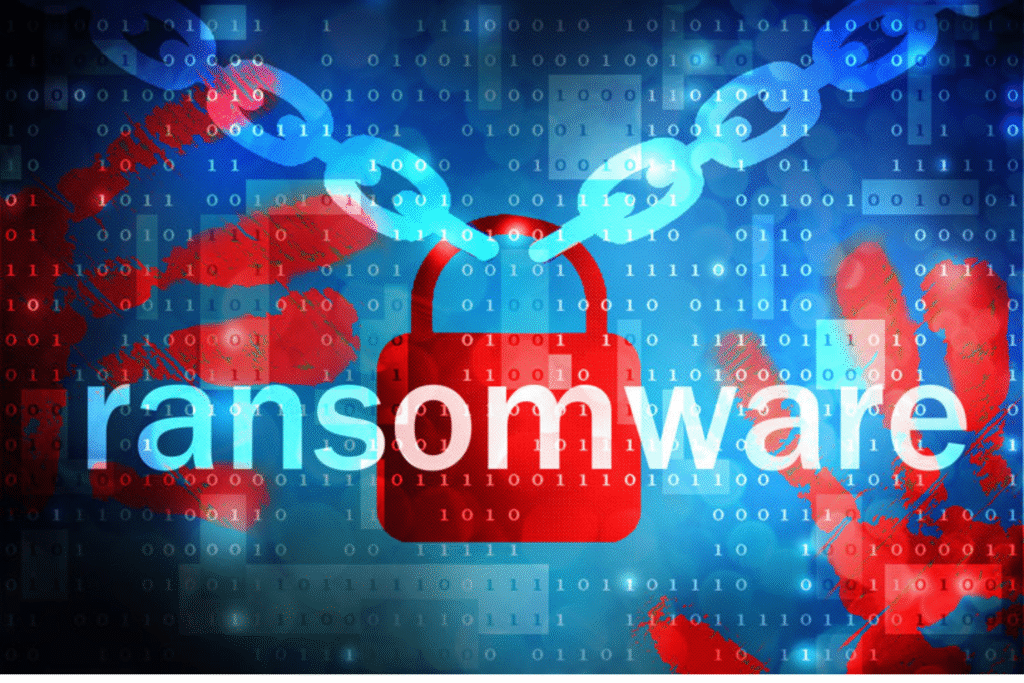Discovering a ransomware infection can be a devastating moment for individuals and organizations alike. This sophisticated form of cyber attack locks away crucial data through powerful encryption, demanding payment for its release. Knowing how to respond effectively can make the difference between a manageable incident and a catastrophic data loss.
Containment Strategies
When you first detect ransomware symptoms—such as locked files or ransom notes—your priority must be containment. Shut down affected systems immediately and disconnect them from your network infrastructure. Document everything you observe, including ransom amounts, payment instructions, and file extensions of encrypted data. These details will be valuable for both law enforcement and recovery specialists.
Expert Consultation
Rather than attempting to handle the situation alone, seek professional guidance. Ransomware variants evolve constantly, and each requires specific handling approaches. Recovery experts possess specialized knowledge about current strains and potential decryption options. Visit this resource page for detailed guidance on ransomware recovery options and professional assistance.
Recovery Planning
Evaluate your backup systems to determine if uninfected copies of your data exist. Ideal backups should be recent, comprehensive, and stored offline or in cloud systems that weren’t connected during the attack. While rebuilding systems, implement enhanced security measures including robust endpoint protection, network segmentation, and user access controls.
Remember that ransomware incidents often indicate broader system vulnerabilities that cybercriminals have exploited. A thorough security assessment by experienced professionals from reputable firms like SOS Ransomware can restore from a ransomware attack while guiding your efforts.

